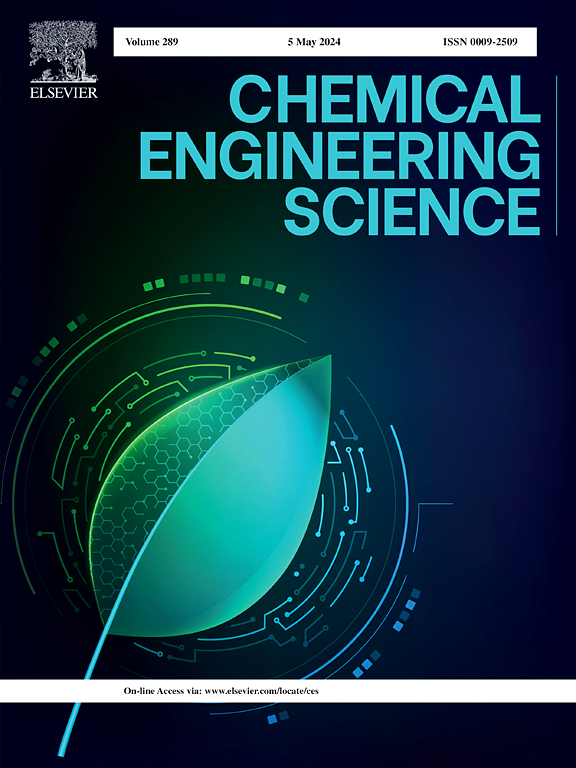Assembly of ZSM-5 crystals on biomass platform via nucleus induction method for robust methanol aromatization
IF 4.1
2区 工程技术
Q2 ENGINEERING, CHEMICAL
引用次数: 0
Abstract
The design of zeolite catalysts with hierarchically porous structures is critical to promote their application in many diffusion-limited reactions. Herein, silicon-rich biomass (viz., rice husk) with considerable macropores was exploited as a platform for the assembly of ZSM-5 crystals to fabricate zeolite catalysts with hierarchically porous structures. When rice husk was utilized as a sole silicon source, only a limited number of ZSM-5 particles (size of 5.41 μm) were assembled on the platform. Unfortunately, the resultant catalyst suffered a poor catalytic lifetime of 17 h over the methanol aromatization reaction due to the strong diffusion limitation and the increased coke deposition. In contrast, the addition of an extra liquid silicon source (tetraethyl orthosilicate) promoted the assembly of smaller ZSM-5 particles (size of 3.92 μm). Thus, the catalytic lifetime increased to 48 h with a high aromatic selectivity of 26.7 %. Interestingly, the particle sizes of ZSM-5 assembled on the biomass platform were further decreased to 0.75 μm based on a nucleus induction method. Accordingly, the catalytic lifetime increased to 70 h with an aromatic selectivity of 32.8 %. The resultant catalysts with small particles and weak surface acidity could ensure the stable formation of dimethylcyclopentenyl intermediates, which is the key to exhibiting a high aromatization performance. This work provides a strategy for the assembly of small-sized ZSM-5 crystals on the biomass-derived platform (bio-SiO2) for achieving a robust methanol aromatization reaction.

求助全文
约1分钟内获得全文
求助全文
来源期刊

Chemical Engineering Science
工程技术-工程:化工
CiteScore
7.50
自引率
8.50%
发文量
1025
审稿时长
50 days
期刊介绍:
Chemical engineering enables the transformation of natural resources and energy into useful products for society. It draws on and applies natural sciences, mathematics and economics, and has developed fundamental engineering science that underpins the discipline.
Chemical Engineering Science (CES) has been publishing papers on the fundamentals of chemical engineering since 1951. CES is the platform where the most significant advances in the discipline have ever since been published. Chemical Engineering Science has accompanied and sustained chemical engineering through its development into the vibrant and broad scientific discipline it is today.
 求助内容:
求助内容: 应助结果提醒方式:
应助结果提醒方式:


